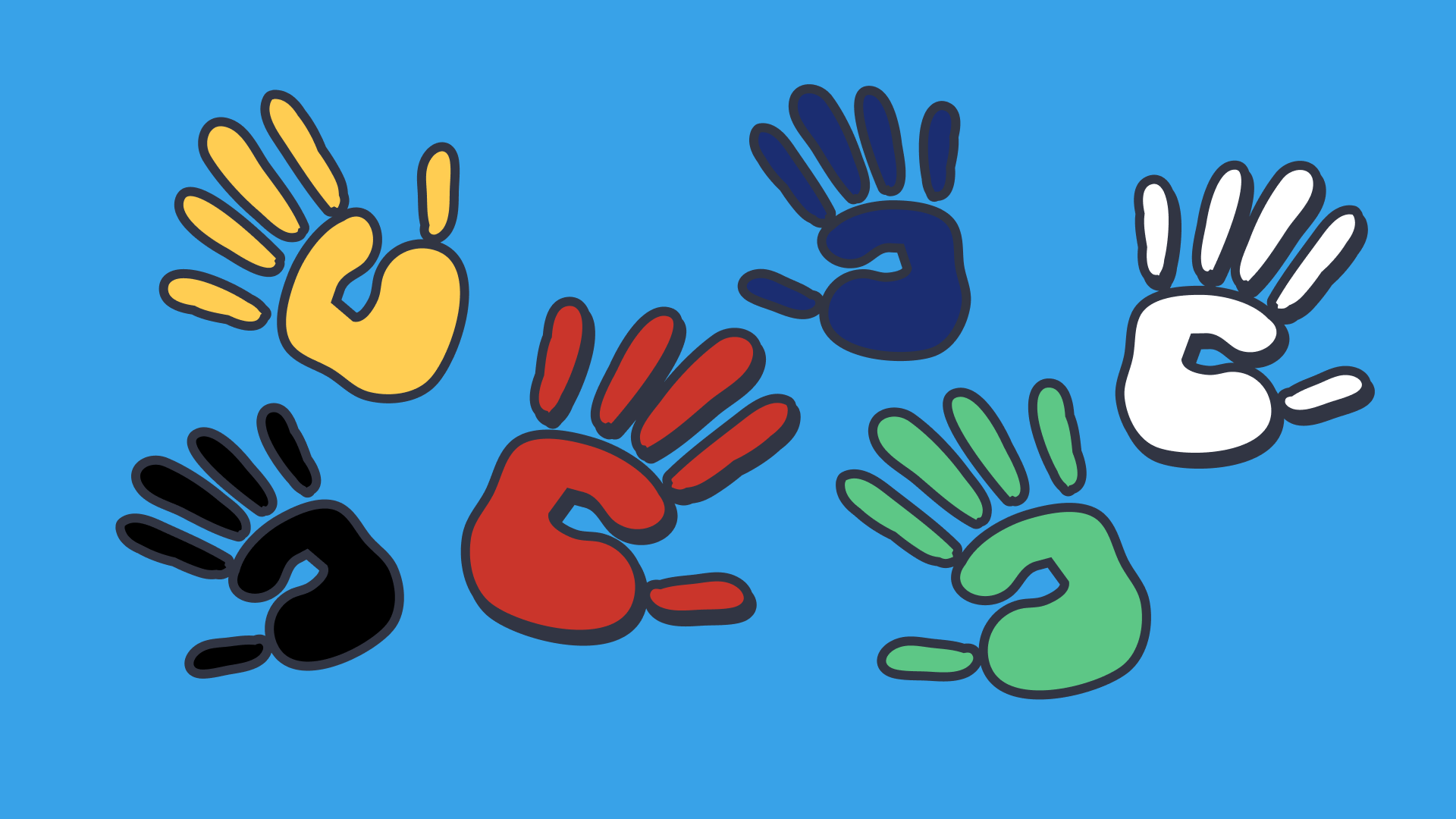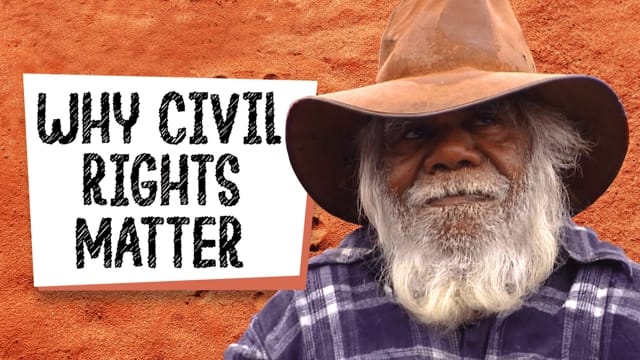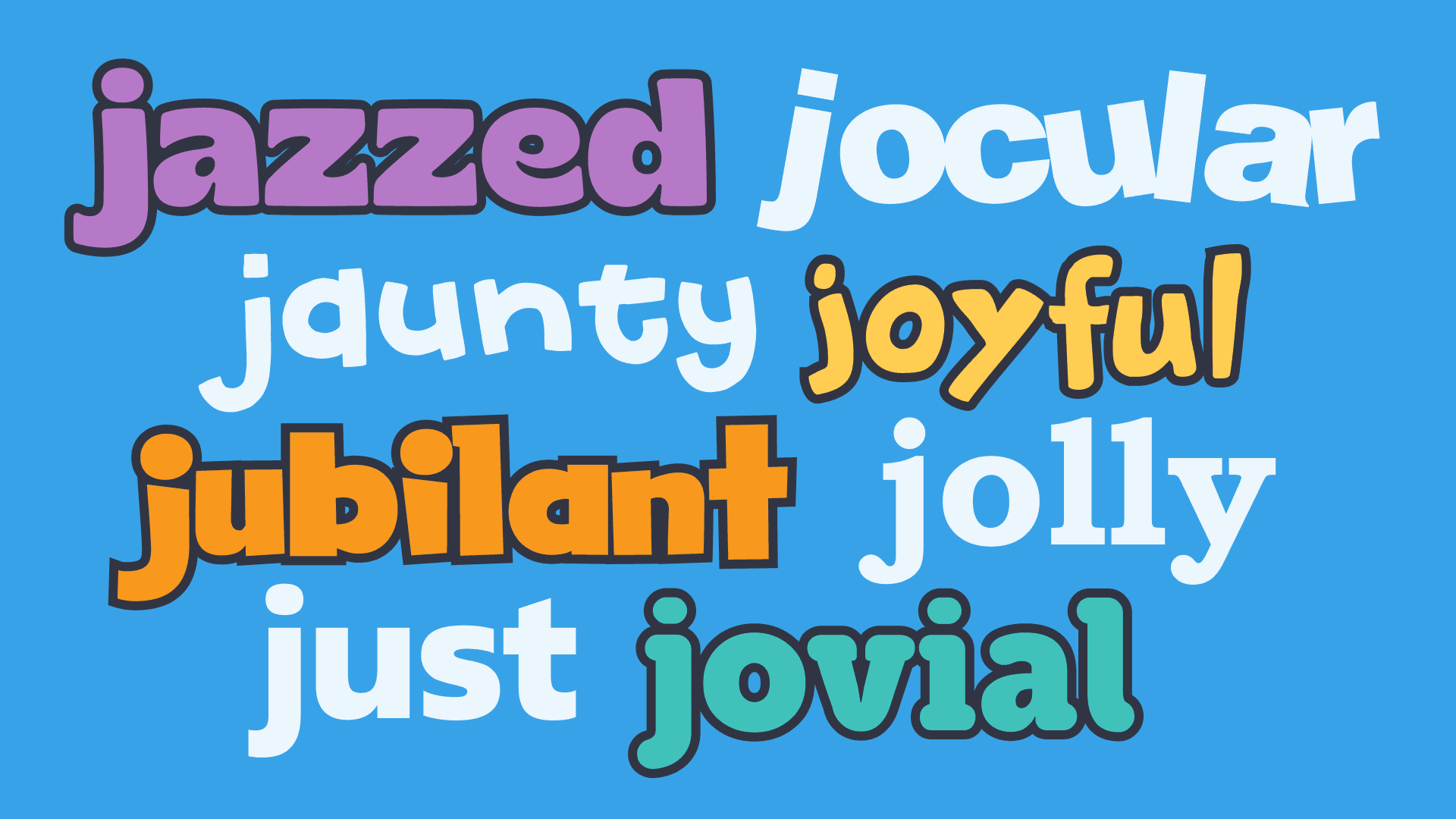Meaningful facts about National Sorry Day to share in the classroom
In this guide
The history between First Nations Australians and their counterparts is both long and complicated. This is a subject that could be studied as a dissertation and still have many topic areas left unexplored.
In a nutshell Sorry Day is an annual holiday held on May 26th to coincide with the anniversary of the tabling of the ‘Bringing Them home Report’. It is a day to remember and acknowledge the Stolen Generations.
So how on earth are you meant to factor Sorry Day in with an already packed curriculum?
This blog is written with the teacher (and a lack of time!) in mind, and designed so that you can pick and choose relevant areas for your cohort and your time frame as it suits you and your students.
Understanding the history behind National Sorry Day
There are many key areas that could, and should, be explored with students in order to understand the full ramifications of National Sorry Day.
From first contact with First Nations peoples right up to present day Australia there are so many different local and national incidents and concerns that have resulted in the fractured relationship between First Nations and other Australians.
But where to start? This was always something that I struggled with in my classroom as the topic is so broad and all of it warrants exploration!
A good place to start might be through exploring Australian First Nations People, their Rights and Discrimination as an overview for the topic.
Then choose from the ideas below depending upon what will suit you and your cohort’s knowledge levels and interests best.
Past Injustices
The Myall Creek Massacre is a short, sharp video which will give your students an overview of the types of atrocities that occurred when First Nations and European peoples clashed.
This particular atrocity occurred in 1838 but was, unfortunately, a common type of occurrence for its time.
This clip also comes with a short interactive that will allow you to explore this topic and check your student knowledge if you are lacking in time.
If you do have the time, and your students are a little older, try Bridge over Myall Creek as it explores both the short and long term consequences of this event through the eyes of Aboriginal Australians.
This video will allow your students to understand the type of events that occurred between European and Aboriginal Australians. It will also allow them to build empathy for both the First Nations peoples and how and why the European settlers reacted in the ways that we now study.
The Myall Creek massacre itself is unique in that it subsequently became the first occasion when whites were charged and convicted of murdering Aboriginal peoples.
Mission life
Luckily students today struggle to understand what the Missions were really like when studying this area of history.
Government policies and religious groups, felt that they were saving Aboriginal children from a life lacking in what they saw as the essentials for a good life;
- A religious upbringing.
- Appropriate name, hair, dress and deportment.
- Appropriate training for their adult lives in a ‘more civilised’ society.
We now know, of course, that these good intentions resulted in the forcible removal of children from loving families and communities. Children were removed not only from the support and care of their families but were from their land, their language and their culture.
The Stolen Generation had, and has, long lasting and devastating effects on Aboriginal culture, sense of self and connection to country.
Eddie Mabo
Eddie Mabo was a key figure in First Nations history on their path to reconciliation.
Whilst Mabo Day is celebrated separately to National Sorry Day, it was the diligent work of this courageous man which helped lead to the successful voices of Aboriginal Australians being heard and recognised in their own land.
Important milestones in the reconciliation process
The fight for Aboriginal Rights has been a long and contentious struggle for First Nations people as they moved from being categorised as something as insignificant as Flora and Fauna in their own country to being recognised as people in their own right and with their own rights.
Mabo
Mabo became the face of Aboriginal Civil and Land rights and whilst he, unfortunately, died just 5 months shy of the landmark Sorry Day in 1992, his legacy lives on.
Mabo was the face behind many demonstrations and tent embassies which resulted in the Australian government being forced to acknowledge the past atrocities committed against First Nations peoples, and make amends.
Kevin Rudd
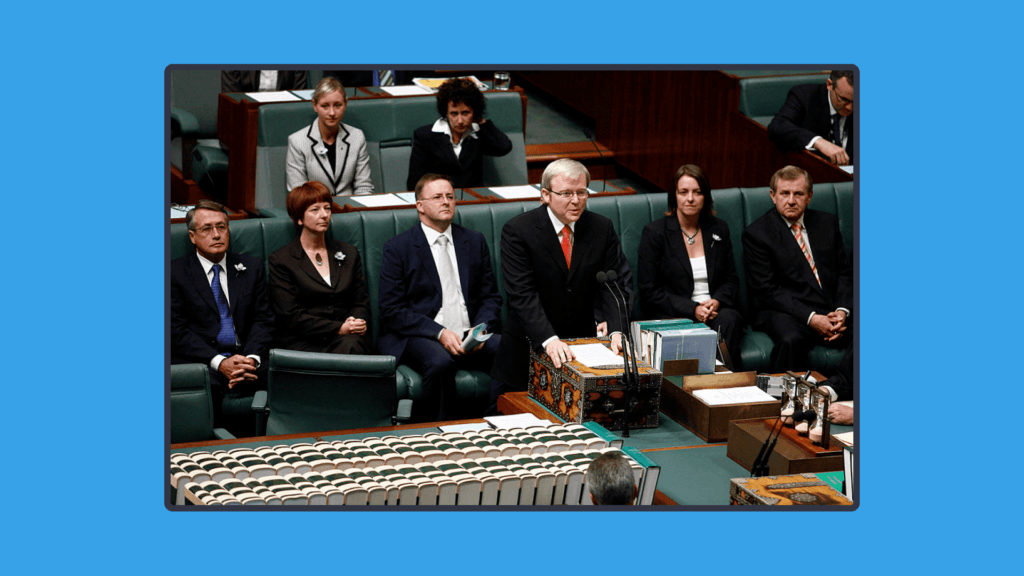
The original face behind Sorry Day was former PM Kevin Rudd. Saying sorry might seem like a simple act but it was a major step forward in the reconciliation process for all Australians.
It recognised the struggles of First Nations peoples in their own country and forged a path towards reconciliation.
Returning Land
The original notion of Terra Nullius resulted in the start of the displacement of First Nations people’s Australia wide.
It wasn’t until the landmark legislation Aboriginal Land Rights Act of 1976 that the first steps to restoring land to the original owners became a reality.
This piece of legislation allowed First Nations people to claim land through traditional association and led to the Northern Territory being the first of the Australian states and territories to recognise and return portions of land to their first, and original owners.
This was then followed some years later in 1993 by the Native Title Act which provided a legal framework for all Aboriginal and Torres Strait Islander peoples to advocate for and claim their traditional rights and lands.
Returning land to its traditional name/s (pre- settlement)
Alongside this, a number of native areas have been returned to their original names rather than their European names given by settlers.
- Ayers Rock has been returned to its original name of Uluru.
- Fraser Island is now known by its traditional Butchella name, K’gari.
Establishment of Indigenous Organisations
Establishment of organisations such as ANTAR (Australians for Native Title and Reconciliation) and AIATSIS (Australian Institute of Aboriginal and Torres Strait Islanders) support First Nations peoples with regards to their rights.
- AIATSIS
Advocates for Aboriginal and Torres Strait Islanders and focuses on legal and day to day support.
- ANTAR
Focuses on achieving First Nations rights as well as respect and justice for all Indigenous peoples.
Acknowledgement of Country
The 2008 establishment of the Acknowledgement of Country has also assisted in the reconciliation process as it recognises traditional ownership of the lands in which we live and work.
Whilst some students might still struggle to understand the difference between Acknowledgement of Country and Welcome to Country this simple step has allowed the first steps towards Australia’s understanding of our past and how they affect and can impact our future as a unified country.
Exploring the impact of the Stolen Generations

For most of us, being torn from our families is something we are unable to empathise with. For those who were a part of the Stolen Generation however, this was their life and their reality.
Losing not only their family but also their culture, religion and links to land can be an incredibly hard concept for students to understand.
- Try showing ‘Sorry’ which tells the story of Gracie who endures the well meaning but completely unfounded European actions of ‘saving her’ from her family.
- If you have time to dedicate to this area ‘Rabbit Proof Fence’ is an oldy but a goody. It explores the stories of three little girls from the Western Desert Region in the Jigalong area of Western Australia.
You could also use the Stolen Generation website to have students choose and focus on and get to know one particular individual from the Stolen Generation.
I have found that simply focussing on
- What students learned as they watched and
- How they feel about the Stolen Generation after exploring different stories
can be a rather sobering and memorable experience.
Classroom activities to promote empathy and understanding
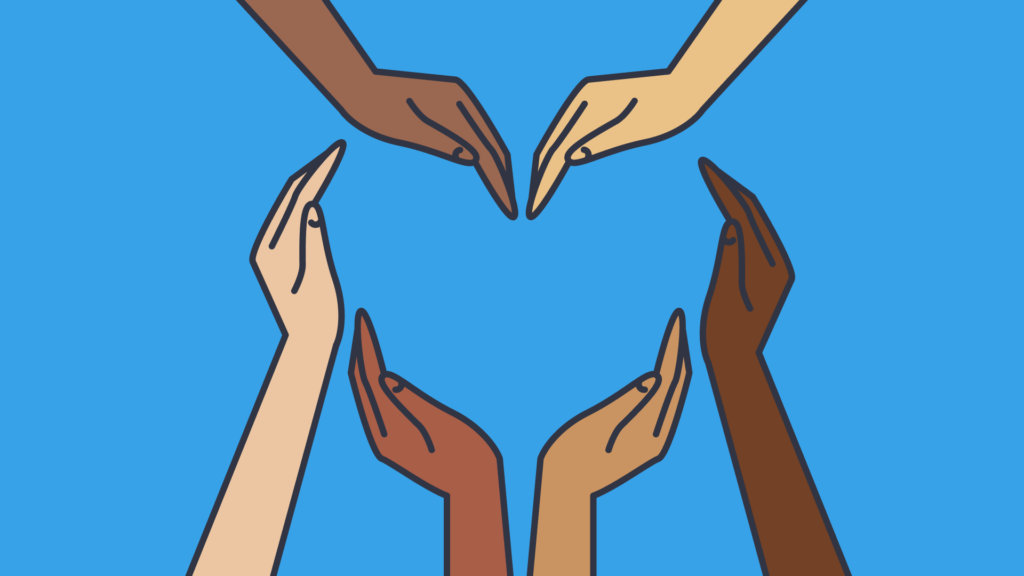
Putting yourself into someone else’s shoes can be an incredibly daunting undertaking.
Begin by showing What is Empathy? as a grounding point for all students to ensure they know and understand what empathy is or as a refresher.
- What it means to be Aboriginal.
Learn from our mistakes – hear from the source!
Watch Being Aboriginal to allow students the opportunity to learn about modern day country and culture through the eyes of a First Nations person.
When you have finished
- Discuss how this video has either confirmed or challenged their views of Aboriginality.
- Have students consider and record down what questions they might like to ask a First Nations person.
- Consider how these questions could be (accurately and sensitively!) answered.
Could your school –
- Send these questions to your local group or Elders?
- Have an incursion from a local group member?
- Or simply research the answers?
Develop student research skills by challenging them to examine if there are any further or outstanding questions remaining and who could you ask for the answers?
- Still being separate
We might have made a number of strides towards acknowledging past mistakes and reconciliation as a country and yet, the Australian people still cannot agree on a single unified flag.
- Have students explore the three different flags of Australia
- European (Australian) flag,
- Aboriginal Flag and Torres Strait Islander flags as well as
- The history of the Aboriginal flag (if you have the time!).
- Have students (respectfully!) share their thinking about our national flag/s and whether or not they think Australia should continue to have separate flags or unify under one country, one flag.
- Then have students use Google Maps to explore how often all 3 flags are flown outside government buildings and/ or local schools.
- Then ask students to consider whether they think not flying all three flags proudly is disrespectful?
Now that students have the groundwork – Do they think Australia needs a unified flag?
You could have them;
- Consider arguments for and against a single flag for our country and turn this into a persuasive oral piece or a social media campaign plan.
- Consider what students think: what sort of flag could be used to unify us as a country?
Have them consider and redesign our flag.
- What colours would be used?
- What design would be shown and why?
- Who’s history do we represent and how is it celebrated in our ‘new’ flag?
This could be accompanied by a written explanation of their design choices.
While we have certainly made great strides with regards to reconciliation in Australia, we still have a long way to go. Constitutional recognition for First Nations people is still severely lacking and the proposed 2023 referendum for establishing a body called the Aboriginal and Torres Strait Islander Voice was unsuccessful. Hopefully, in future years, this blog is considered outdated as a new, fresh and more unified Australia emerges. Keep your eyes on the Indigenous Government Sites, AITSIS and Australians Together so your information is as relevant and up-to-date as possible at the time of teaching.

Alex Pearce
briefcase iconEditor
Alex has had an extensive career as a teacher in learning, leadership, curriculum development, special needs, mental health and skill development in young people. Alex creates and edits articles and units of work for ClickView.
Other posts
Want more content like this?
Subscribe for blog updates, monthly video releases, trending topics, and exclusive content delivered straight to your inbox.

